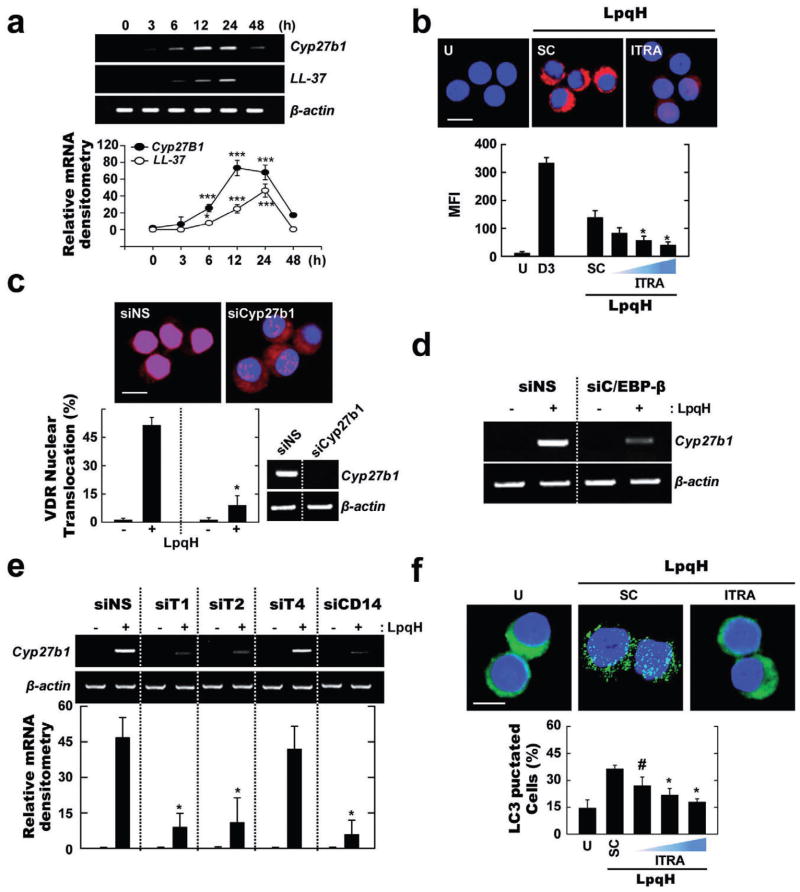Fig. 4. LpqH-induced autophagy is mediated through Cyp27B1 hydroxylase induction via TLR2/1/CD14-dependent functional VDR activation.
A. Semi-quantitative RT-PCR analysis for Cyp27b1 hydroxylase and LL-37. Human monocytes were incubated with LpqH for indicated times. Results (means ± SD, three independent experiments) are normalized to β-actin expression and are presented relative to expression in LpqH-stimulated cells.
B. LL-37 expression. Human monocytes were incubated in the absence or presence of Cyp27b1 antagonist itraconazole (ITRA; 50 nM, 100 nM, 200 nM), followed by LpqH treatment. After 24 h, the cells were stained with anti-LL-37-TRITC (1:400).
C–E. THP-1 cells were transfected with non-specific siRNA (siNS) or siRNAs specific for hCyp27b1 (siCyp27b1; for C), hC/EBP-β (siC/EBPβ; for D), hTLR1 (siT1), hTLR2 (siT2), hTLR4 (siT4) or hCD14 (siCD14; for E) followed by LpqH treatment for 24 h. (C) The cells were stained with anti-VDR-TRITC (1:400). Inset, RT-PCR for transfection efficiency. (D and E) Semi-quantitative RT-PCR analysis. (E, bottom) Results (means ± SD, three independent experiments) are normalized to β-actin expression and are presented relative to expression in LpqH-stimulated cells.
F. The experimental conditions were as outlined in (B). The cells were stained with anti-LC3-FITC (1:400).
Quantitative data shown represent the means ± SD of three independent samples (B, C, F), with each experiment including at least 250 cells scored in five random fields. #P ≤ 0.03; *P ≤ 0.05; ***P ≤ 0.001, versus control conditions (A, B, C, E, F). Scales bars, 10 μm (for B and C); 5 μm (for F). U, untreated and incubated; SC, treated with solvent control (0.1% DMSO, for B and F).

